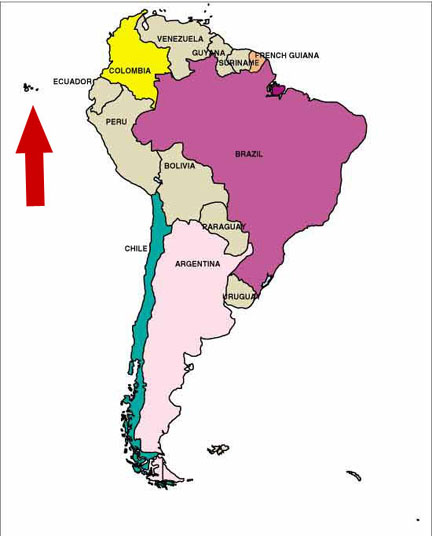
The Galapagos Islands are located 650 miles west of Ecuador in the Pacific Ocean.
Ray and Sue Bohlin visited the islands with an Institute of Creation Research tour in May 2003, along with 3 ICR scientists and 18 other people. There were a number of current and former science teachers in our group, which added to the learning experience.
Why would creationists want to go to the birthplace, so to speak, of evolution?
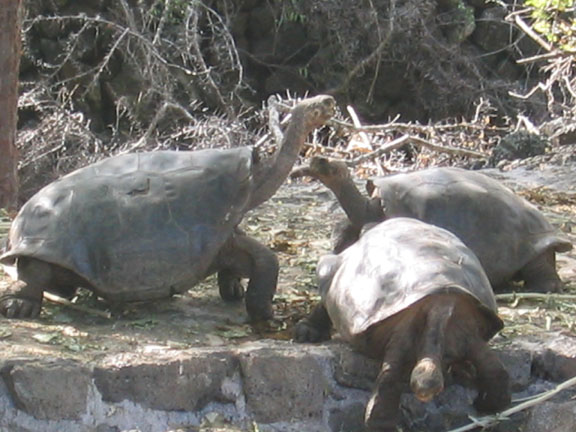
For one thing, there are dozens of unique species of both plants and animals found nowhere else in the world, such as giant tortoises, a cormorant that has lost its ability to fly, the only lizard that feeds in the sea, and the only equatorial penguin in the world.

There are also unique forms of cactus and at least thirteen species of sunflower-like plants, including one that grows as big as a tree.
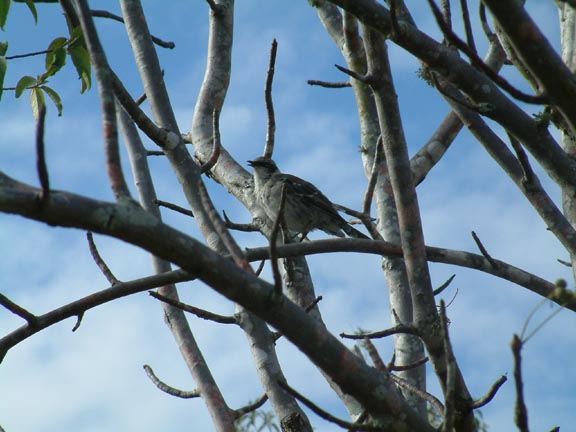
Darwin's visit to the Galapagos for 5 weeks in 1835 on the HMS Beagle provided the starting point for his theory of natural selection. He didn't understand a great deal of what he was seeing when he was there. It wasn't until he got back to England and had ornithologist John Gould and other experts look at the finches that he realized he had discovered something big. He didn't believe the vice-governor of the Galapagos when he told Darwin he could tell which island a tortoise was from by looking at the shell. He dismissed what the man was saying, not believing it to be realistic, and walked off from the conversation. He did notice that the mockingbirds were different from island to island, but that was the only thing that raised his curiosity.
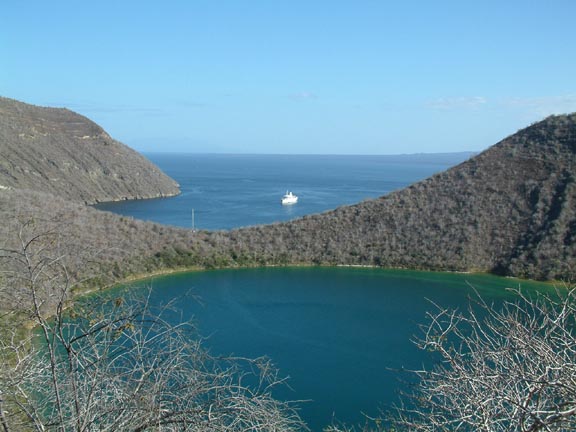
As he worked through his observations, Darwin realized that instead of God creating one time, at the beginning, with "nothing new under the sun" since that time, he saw evidence of change.
Originally a theology student, Darwin first believed the reigning theory of the time. "Fixity of Species" was the belief that God had individually created each species. When he observed and studied variations between similar species and sometimes from island to island, he correctly reasoned that a natural process made more sense. However, he eventually "threw the baby out with the bathwater" by reasoning that all species arose by a purely natural process through natural selection.
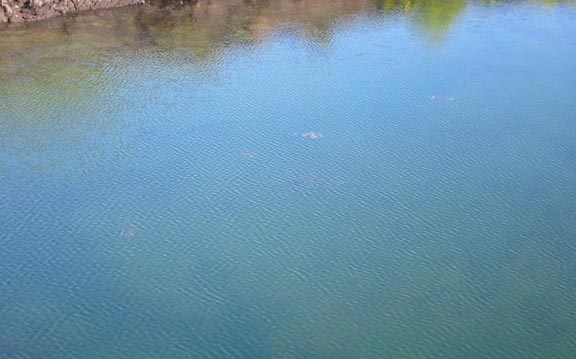
This is key: Charles Darwin observed the results of a natural process where plants and animals changed to fit their environment, and incorrectly made the mental jump to theorize that purely natural processes could explain everything that exists. He imagined a "warm little pond" where life arose and developed on its own, quite apart from the intervention or creative work of God.
Since then, evolutionists have proposed that the same kind of natural processes that Darwin saw in the finches, mockingbirds, and tortoises on the Galapagos Islands are examples of evolution in action. They also cite the peppered moths in England, and insecticide and pesticide resistance as evidence for evolution.
Those of us who believe that God created all these organisms have no argument with the scientific, observable processes of natural selection and change over time. However, these same processes cannot account for how we have wasps and woodpeckers and woolly mammoths--and women and men--in the first place!
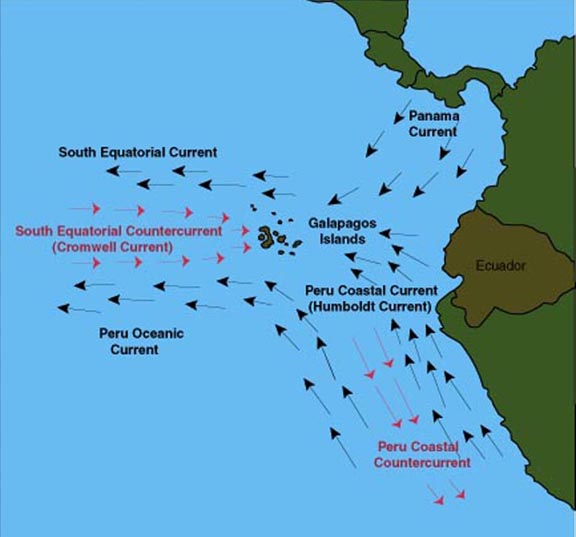
Three major ocean currents affect the climate of the Galapagos. From the south comes the Humboldt Current up from Antarctica. This cold water current keeps the temperature of the islands rather moderate for islands on the equator.
A second current comes from the west (the Cromwell current). Upon reaching the islands, this cold deep water current creates an upwelling, bringing with it a large supply of nutrients that feeds the bottom of the food chain. Consequently the western waters of the Galapagos are colder and richer in marine life than the rest of the islands.
A third current which occasionally comes from Central America, is generally weaker and warmer. Water temperatures in the Caribbean generally range from the upper 70s to low 80s. In contrast, waters in the more southern Galapagos range about ten degrees colder, even though they are right on the equator.
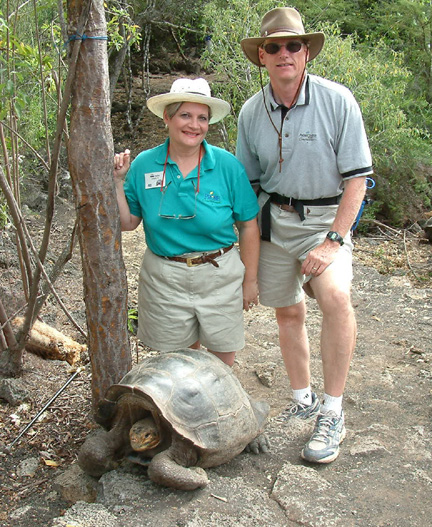
So why visit the Galapagos Islands?
Two major reasons.
First, the islands and their life forms are a magnificent display of God's creative brilliance.
Second, their importance in the history of evolutionary theory is extraordinary, even legendary. It's a good idea for people committed to the conviction that "God created the heavens and the earth" (Genesis 1:1) to see that the Galapagos Islands are full of God's divine fingerprints, not signs of purposeless, undirected natural forces.